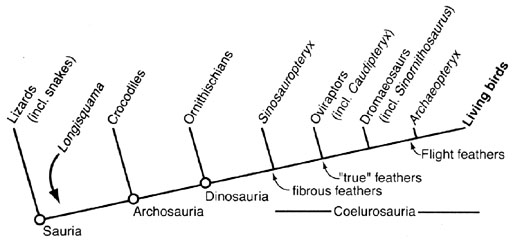Pelecanus erythrorhynchos
Classification
The scientific name Pelecanus erythrorhynchos combines the Latin name for pelican (pelecanus), with the Greek words meaning red (erythros) and beak (rhynchos), so the scientific name means "red-billed pelican". Below is a table of the scientific classification of the American white pelican, and the reasons for its classification.
| Domain | Eukarya | Contains a membrane-bound nucleus and membrane-bound organelles |
| Kingdom | Animalia | Multicellular organisms capable of locomotion, heterotrophic, cells that lack cell walls |
| Phylum | Chordata | Presence of notochord, hollow nerve cord, pharyngeal pouches, and endostyle at some point during development |
| Class | Aves | Has feathers, bills, and a furcula (wishbone) |
| Order | Pelecaniformes | Birds that have feet with all four toes webbed |
| Family | Pelecanidae | Contains all pelicans. Presence of a pouch under a hooked bill. Also has broad wings and fairly long necks |
| Genus | Pelecanus | White or brown pelicans distinguished by a large, elastic throat pouch. |
| Species | Pelecanus erythrorhynchos | Crest upon the upper mandible |
A evolutionary tree of the American white pelican and other related pelican species can be seen below. This tree is based mostly off of morphological characteristics.

The tree above was made by me on 4/17/2010 with information from the website http://www.okapiland.com/.
It is believed by many scientists that birds seen today evolved from dinosaurs. Many fossil records show evolutionary relationships between early reptiles and modern-day birds. The evolution of birds is thought to have begun during the Jurassic period, and the earliest bird is thought to have derived from the theropod dinosaur. Archaeopteryx lithographica is considered by many to be the first bird, and is about 150 million years old. To find out more about this ancient relative, click on its link. The phylogenetic tree located above is based off of molecular evidence.
Look at some interesting facts that make the American white pelican unique next.
